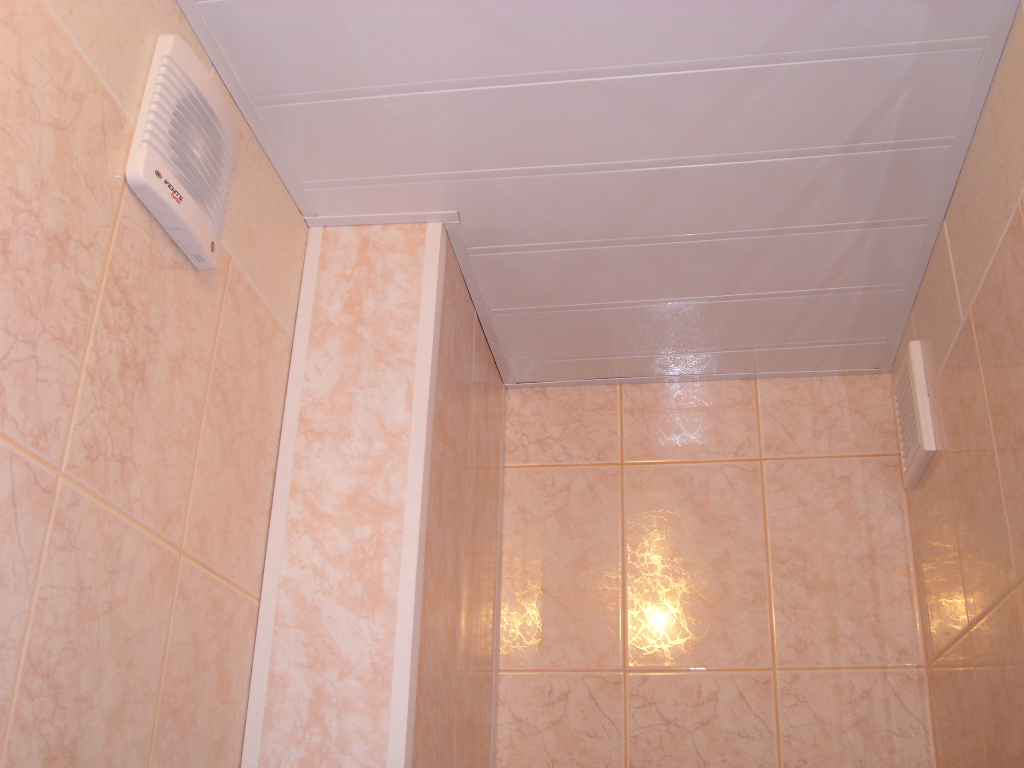Imagine, you go into a newly renovated bathroom in the morning, you have a beautiful panel with dolphins above the bathroom, some expensive Spanish tiles, an exclusive mirror and a backlit shelf, your mood immediately rises, but ... you turn your head further, and there are some then pipes! The spectacle is not pleasant, nor any aesthetic pleasure, from morning procedures. But this is a room in which we receive a portion of vigor for the whole day, and in the evening an element of relaxation.
hidden pipes in the bathroom
Aesthetics is the very first and most important reason why, when carrying out repair work in bathrooms, almost everyone tries to remove all piping out of sight as much as possible. Well, the second reason is the noise from the water in the sewer pipes, which in turn also creates some discomfort.
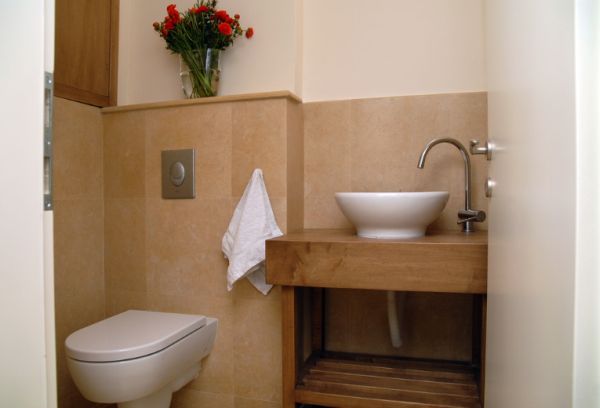
How to close the pipes in the bathroom.
So how can you properly close the pipes in the bathroom in order to save yourself from an unpleasant sight? To approach this issue correctly, you need to understand at what stage to start, which materials are best to use and how to combine everything with a beautiful design.
For cosmetic repairs, when there is no redevelopment and some global changes, we must check the quality of all communications and connections. And already, if necessary, we make repairs or replacements, so as not to return to this issue in the future.
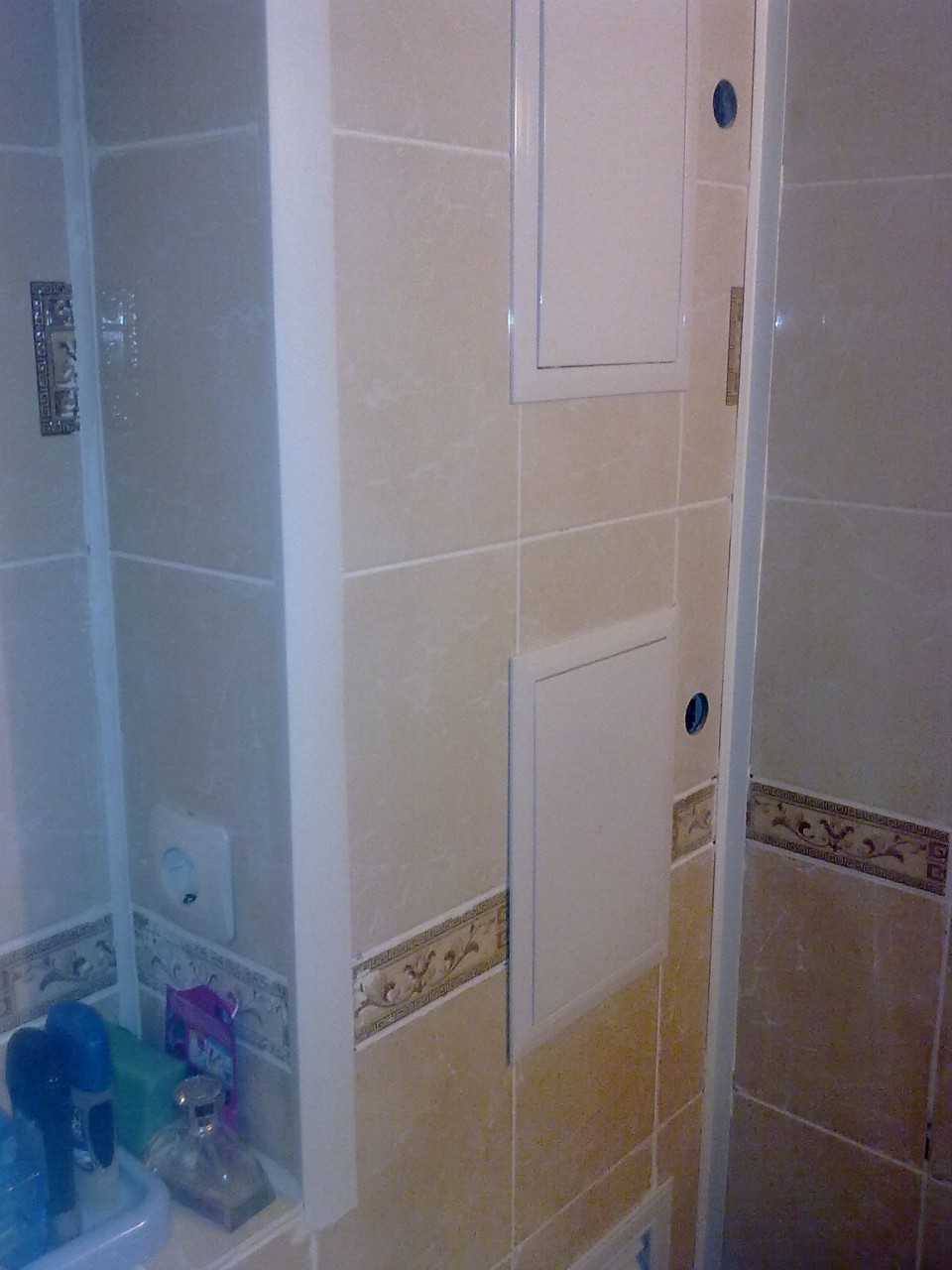
In case of a major overhaul, after preparatory work, first of all, it is worth taking up the project of piping in the bathroom. Let's first determine where the bathroom, toilet, washbasin and washing machine will be located. These are the main consumers of water, unless you happen to have exclusive options. We draw up a laying scheme for each consumer. Then we determine from what material the pipes should be used in the bathroom. Their service life depends on this, but if a leak occurs? We do not want to knock down the finishing material and hammer the walls in order to find and eliminate the leak.
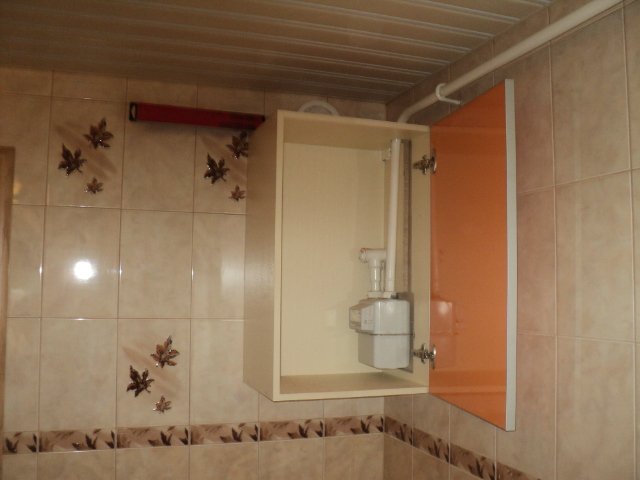
So options for how to hide the bathroom pipes:
- With the help of redevelopment. When there is an opportunity to redevelop the entire room, build an additional niche and hide all communications there and not only.
- In the wall or floor. When laid in specially prepared grooves, and then hidden behind a finishing material.
- Build a special pipe box in the bathroom. Can be done with drywall and then covered with finishing material.
- Place below the level of vision. Hide behind furniture and fixtures.
![]()
The latter option is suitable for cosmetic repairs. The simplest, but less effective. Of course, most of it is possible to shed, but some part remains visible. The rest of the options, how to close the pipes in the bathroom, are more suitable for major repairs, each has its own pros and cons. When redeveloping, when you build an additional niche, you do it at the expense of the space of the room, which is not always possible with a small size.
In the wall or floor. A good option, it will save you from an unnecessary spectacle, while not at all taking away precious space. It has one drawback: you need to be very careful about the choice of material and installation. For this method, copper and stainless steel pipes with brazed joints are suitable. Threaded connections are not considered in this case. Also suitable for plastic with the same soldered joints. If you do everything right, you won't have to destroy walls and fix breakdowns.
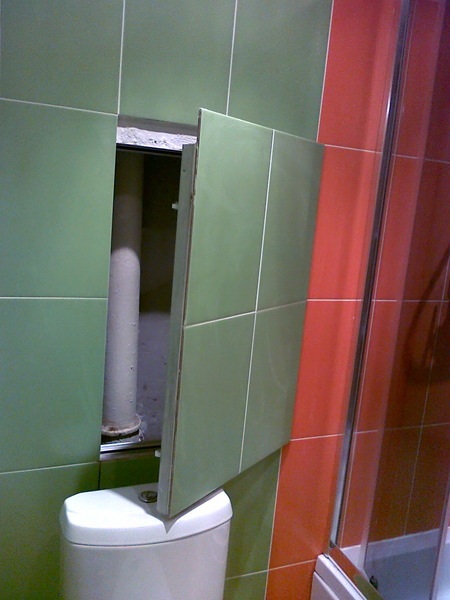
Build a special tubing box in the bathroom. It leaves the option of access to communications, but slightly hides the space and complicates the installation of hinged furniture. The last two options remain the most popular today, but the choice is always yours.
